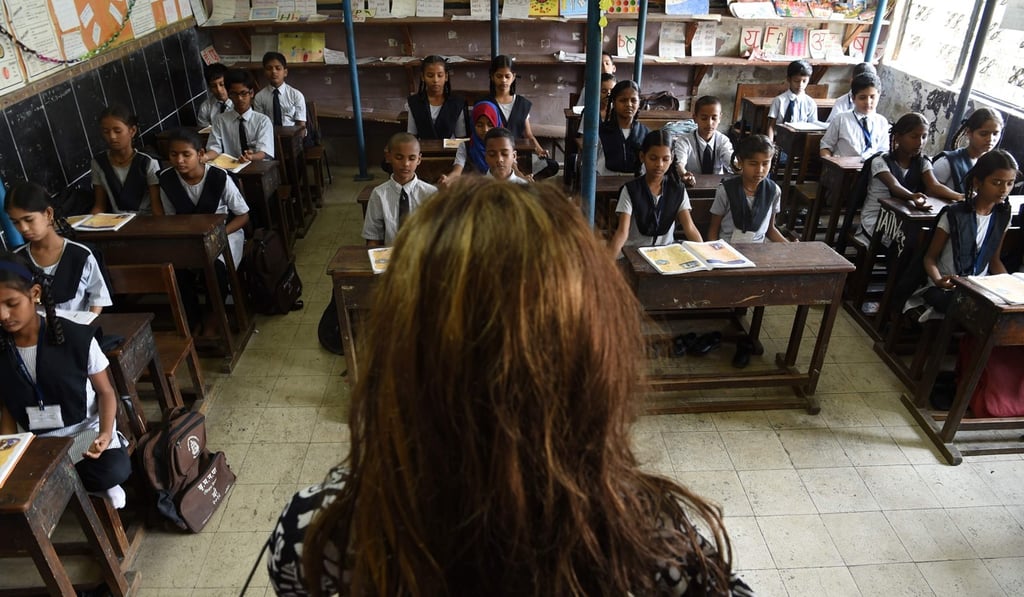‘Edtech’ boom changes how Indian kids learn – if they can afford it
- Major foreign investors are ploughing funds into India’s growing ‘edtech’ industry as they seek to capitalise on the world’s largest school-age population

From a multibillion-dollar education start-up to wired-up mannequins, technology is helping to revolutionise the way Indian schoolchildren are learning – provided their parents can afford it.
A host of online platforms are taking advantage of a surge in smartphone ownership to engage millions of youngsters with interactive games and animated video lessons.
India’s education system suffers from a lack of investment, and the apps aid students who want extra tuition away from overcrowded classrooms and crumbling schools.
Major foreign investors are ploughing funds into India’s growing “edtech” industry as they seek to capitalise on the world’s largest school-age population who face fierce competition for university places.
“I have been using Byju’s since last year and my performance has really improved. I understand mathematical concepts much better now,” says 16-year-old Akshat Mugad referring to a Facebook-backed, Indian education app.
Byju’s has become one of the world’s largest online learning sites since it was founded in Bangalore in 2011 and is currently embarking on an ambitious overseas expansion. It is just one of dozens of start-ups betting that kids are eager to learn differently from rote memorisation techniques.
